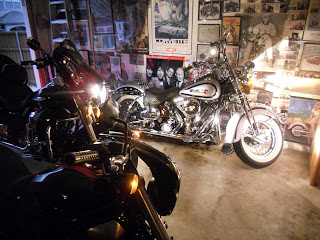Richard was a freshman at Central High School in Memphis Tennessee on December 7, 1941. The next day, America declared war on Japan.
He joined the Army and was inducted on June 15, 1943 at the young age of 18.
Richard was sent overseas to the European theater of operations. He was assigned to 1st Platoon, K Company of the 409th Infantry Regiment of the 103rd Infantry Division. This division was called the “Cactus Division.” It was activated on November 15, 1942 and was sent to Europe on October 6, 1944. It saw combat for 147 days in places like the Rhineland and Central Europe.
Richard participated in the rescue of the American divisions that were being decimated during the “Battle of the Bulge,” in the Ardennes Forest.
He has written extensively about his service in Europe during this time. There is an especially poignant story of Christmas 1944. He and some buddies were in a farmhouse in an area called Alsace-Loraine. There was another farmhouse across the way where a French woman and her baby lived. Richard and the other soldiers in his squad heard the baby crying from inside the farmhouse. The Americans walked across the road and offered their meager “C” and “K” rations to the French woman and her Mother. Richard also offered some new white t-shirts to the family in an attempt to keep the baby warm. The French family, who at first reluctant to let the American’s in their house, kissed the soldiers and accepted the gifts.
As the American’s walked outside into the frigid winter air, the coldest in decades, nobody said anything but all of a sudden the squad started singing “Jingle Bells.”
Richard of course has always remembered this Christmas. No doubt the French family does too.
Richard remained in Germany after the surrender and was a member of the army of occupation in that country. He thanks God each day for his happy family and for his life in the United States. He has never been afraid since the war, and thinks of every day as a gift!
He was discharged on March 30, 1946 with the rank of PFC. He had been awarded the Combat Infantry Badge, Expert Rifleman, and the European Theater Ribbon.



